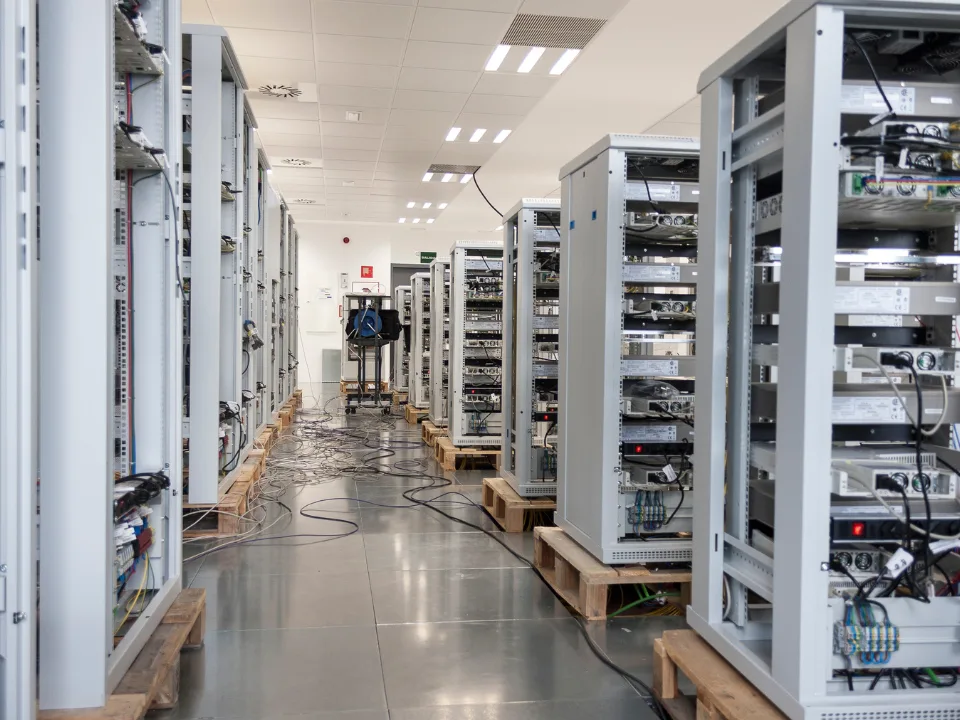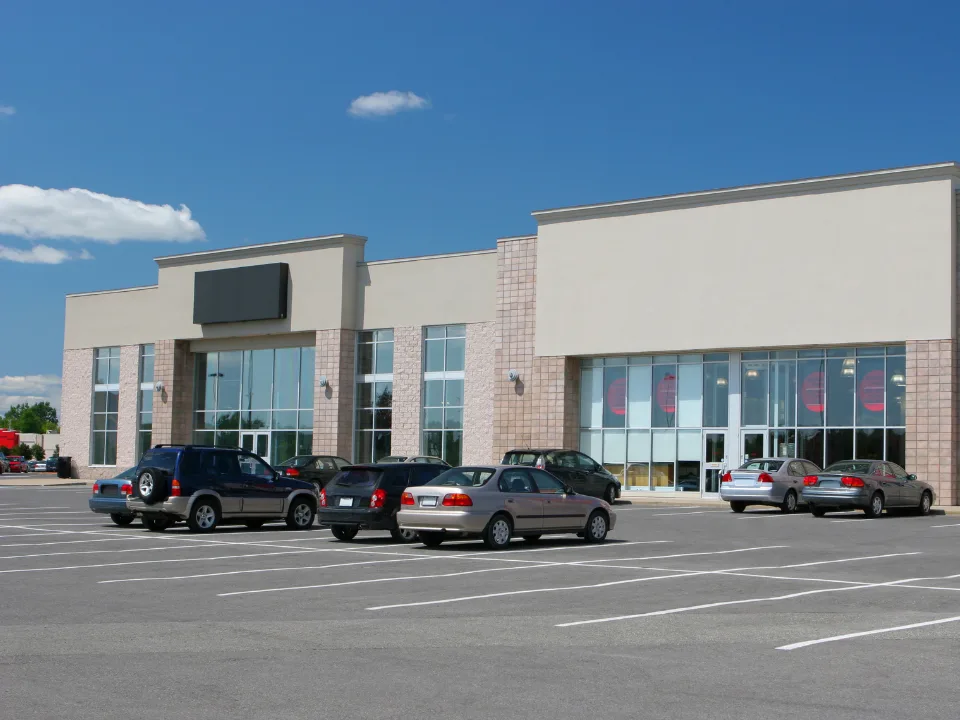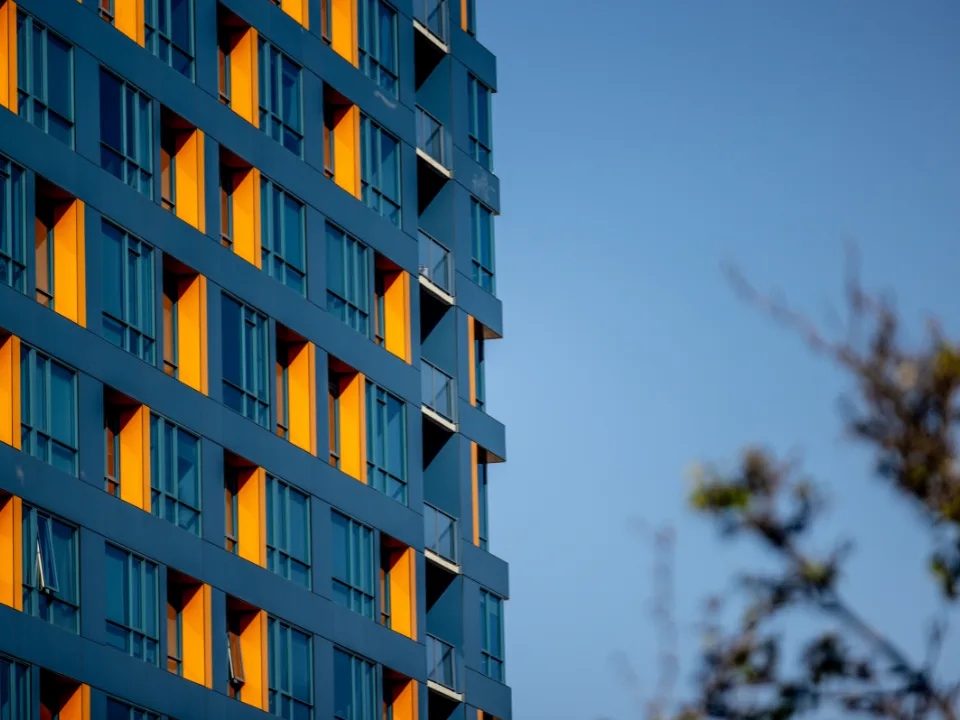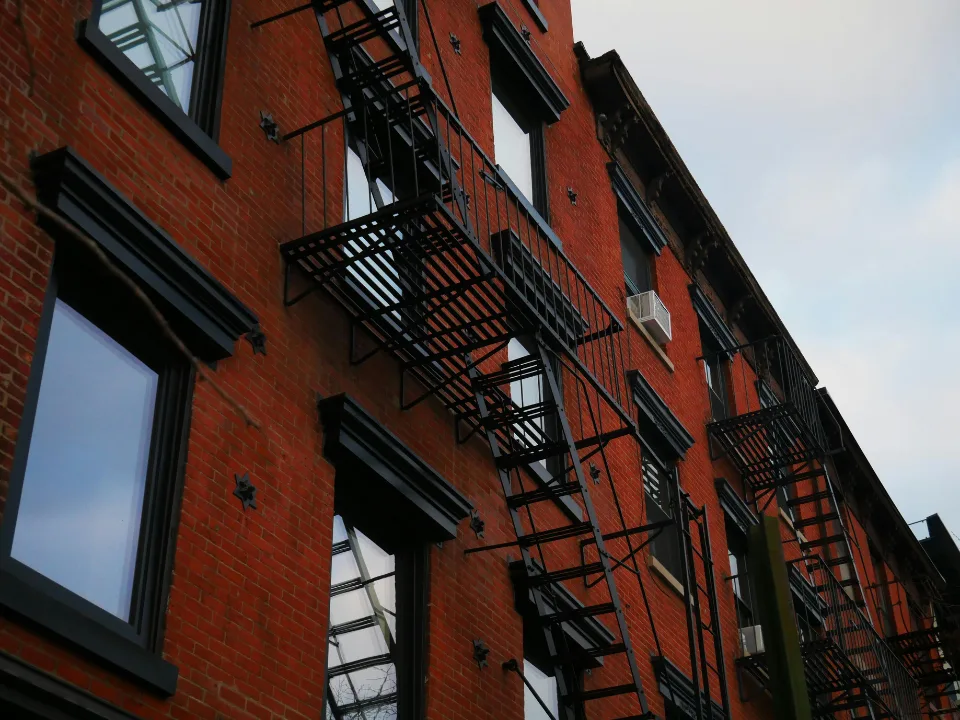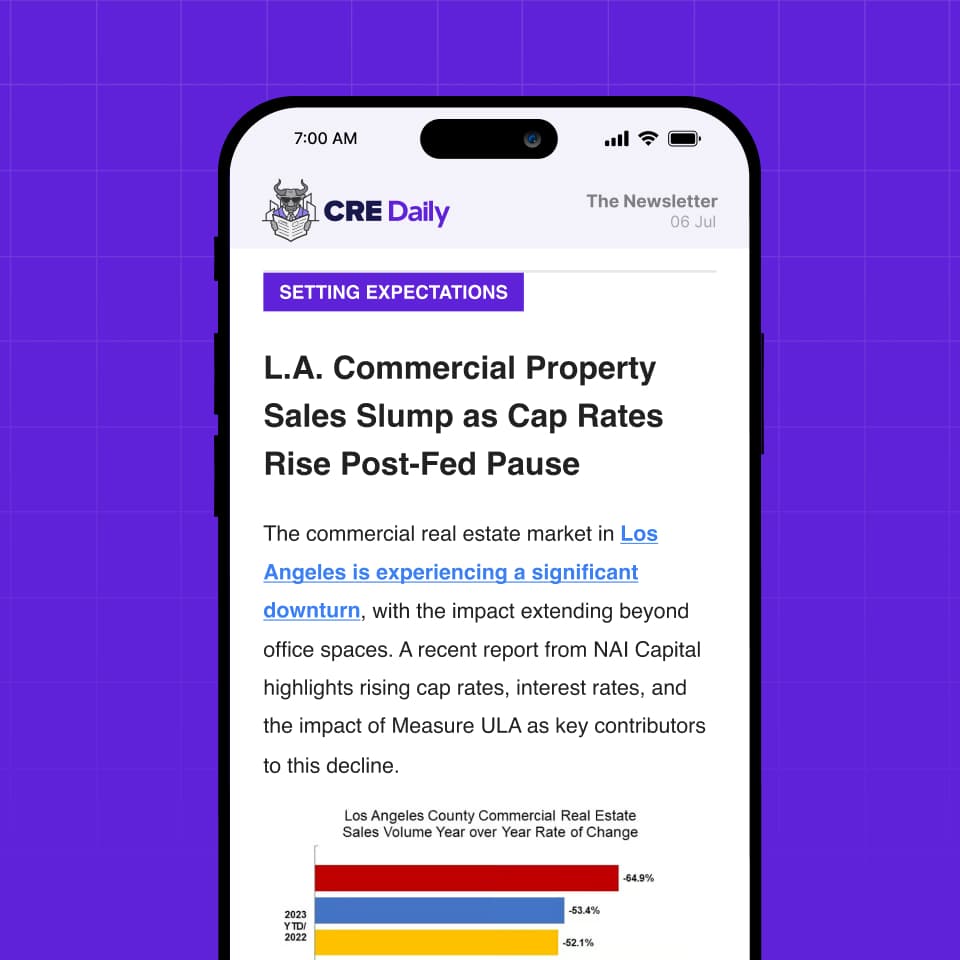- Multifamily loan originations are expected to grow in 2025 despite high vacancy rates, driven by persistent housing affordability challenges and demand for rental units.
- Vacancy rates hit 8.9% in Q4, the highest rate since 2000, as new supply continues to outpace absorption, though construction slowdowns may help balance the market.
- Interest rates remain high, and fewer borrowers are securing low-rate loans, but Freddie Mac’s securitization programs continue to support multifamily lending.
Multifamily lending slowed down in 2024 due to high interest rates, declining property values, and elevated vacancy rates.
However, Freddie Mac (FMCC) remains optimistic, projecting loan origination volume will increase by 18% this year, per Trepp.
While still below 2022’s $480B peak, the forecast suggests that demand for multifamily financing remains strong despite challenging fundamentals.
Factoring in Interest Rates
Multifamily borrowing costs have climbed significantly in recent years due to a number of conspiring factors:
- The 10-year Treasury yield, a benchmark for long-term loans, ended 2024 at 4.28%, up from 3.95% in Q3 but below 4.45% in 2023.
- Just 0.52% of Freddie Mac’s 2024 loans carried rates below 4%, compared to 79.67% in 2020, highlighting how higher financing costs have reshaped the market.
- Rising rates have led to higher capitalization rates, which impact property valuations and make refinancing more challenging.
However, Freddie Mac believes loan volume will still grow in 2025, thanks to continued rental demand and strong investor interest in multifamily properties.
Get Smarter about what matters in CRE
Stay ahead of trends in commercial real estate with CRE Daily – the free newsletter delivering everything you need to start your day in just 5-minutes
Supply-Demand Imbalance
Multifamily construction has outpaced demand for three consecutive years, contributing to rising vacancies:
- In 2024, 530K new units were delivered, while only 436K were absorbed, meaning more apartments remained unoccupied.
- Vacancy rates hit 8.9% in Q4, the highest level recorded since 2000, a quarter of a century ago.
- Monthly rents increased just 1.86% last year to $1.87K per unit, well below the 3.7% annual average from 2010 to 2019.
However, the construction pipeline is slowing down. New housing starts fell to 230K in 2024, the lowest level since 2012, meaning fewer deliveries in 2026 to 2027. This could help rebalance supply and demand in the coming years.
Zooming Out
Freddie Mac plays a critical role in supporting the multifamily market, purchasing and securitizing loans to maintain liquidity:
Many of Freddie’s loans are securitized through K-series transactions, which package multifamily debt into bonds for investors. The mix of loans in these securitizations has shifted significantly in recent years, with fewer borrowers securing low-rate financing.
The agency-backed lending model helps stabilize the market, ensuring continued funding even as private lenders face headwinds.
The Bottom Line
While rising interest rates and high vacancies present challenges, Freddie Mac expects strong multifamily loan demand in 2025.
Factors such as rental affordability pressures, a slowing construction pipeline, and continued demand for securitized multifamily debt will shape the market this year.
